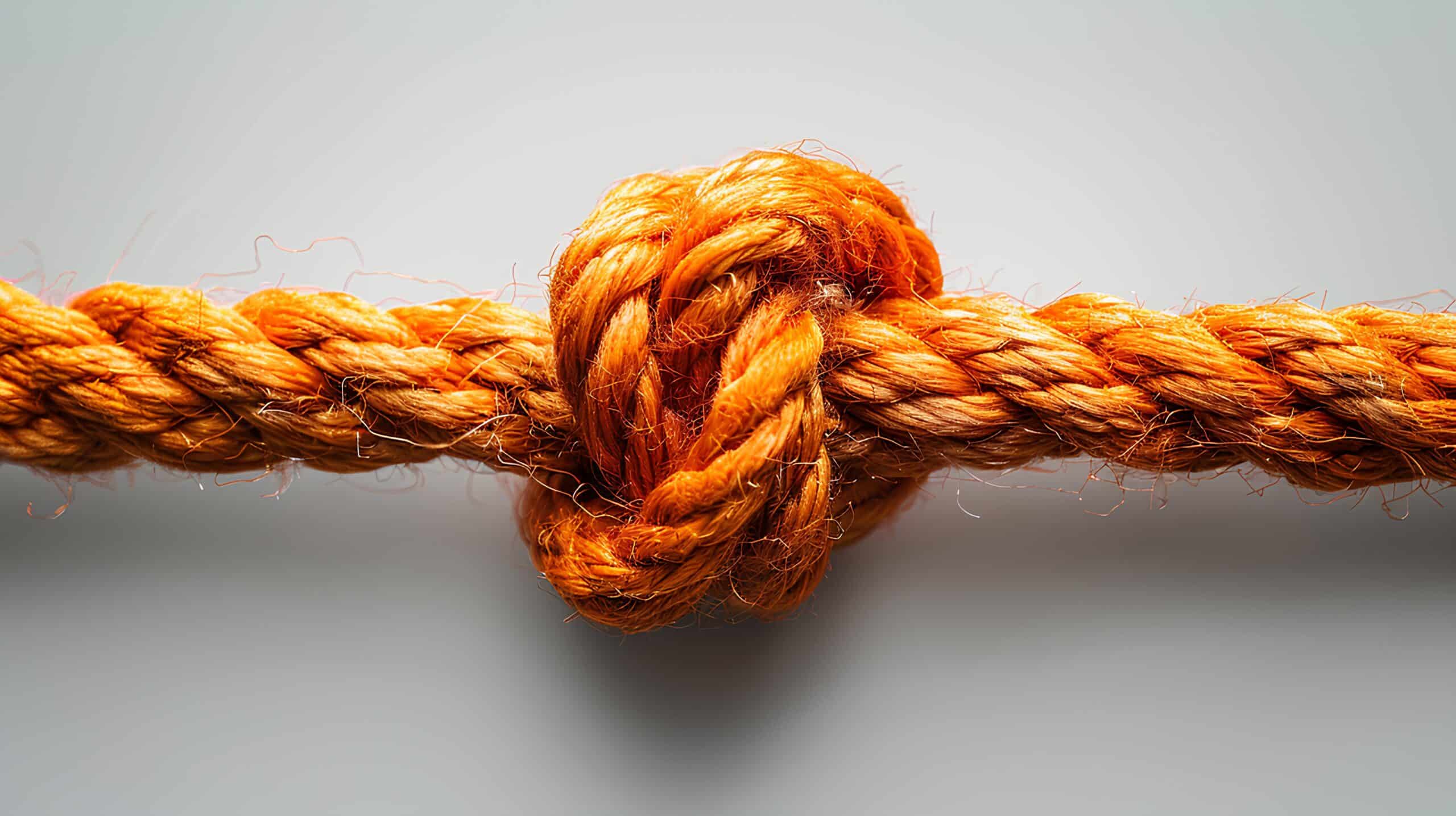Why Use a Trilene Knot?
Key Takeaways
- The Trilene knot offers resistance to slippage and failures, providing a secure and reliable connection between the fishing line and attachments.
- The Trilene knot is versatile and compatible with both monofilament and fluorocarbon fishing lines, ensuring a strong and secure connection.
- The Trilene knot is easy to tie and suitable for anglers of all skill levels, making it a convenient choice.
The Trilene knot is a popular and reliable fishing knot that has been widely used by anglers for many years. It offers several advantages that make it a preferred choice for attaching fishing lines to hooks, swivels, snaps, and artificial lures. In this article, we will explore the reasons why the Trilene knot is highly recommended and widely used in the fishing community.
Advantages of the Trilene Knot
The Trilene knot offers several advantages that make it a go-to option for many anglers:
- Resistance to Slippage and Failures: One of the key advantages of the Trilene knot is its resistance to slippage and failures. This knot provides a secure and reliable connection between the fishing line and the attachment, reducing the chances of the line breaking or the knot coming undone.
- Versatility with Different Lines: The Trilene knot is compatible with both monofilament and fluorocarbon fishing lines. It works well with these types of lines, ensuring a strong and secure connection.
- Easy to Tie: Another advantage of the Trilene knot is its ease of tying. This knot can be easily mastered by beginners, making it a suitable choice for anglers of all skill levels.
- Relatively Strong: The Trilene knot has been tested and proven to have a high breaking strength. It is known to maintain up to 90% of the line’s original strength, even after casting and catching fish.
When to Use the Trilene Knot
The Trilene knot is commonly used in various fishing scenarios:
- Fly Fishing: The Trilene knot is a popular choice for attaching fishing lines to hooks, lures, swivels, and snaps in fly fishing. Its strength and reliability make it a preferred knot for fly anglers.
- Joining Lines to Attachments: Whether you are connecting your fishing line to swivels, snaps, hooks, or artificial lures, the Trilene knot provides a secure and stable connection.
Alternatives to the Trilene Knot
While the Trilene knot is widely used and highly regarded, there are alternative fishing knots that may be more suitable for specific situations:
- Palomar Knot: The Palomar knot is considered superior for use with braided lines and super lines. It offers excellent strength and is a great choice for anglers using these types of lines.
- Nanofil Knot: The Nanofil knot is another strong fishing knot that works well with braided lines. It is known for its high breaking strength and durability.
Conclusion
The Trilene knot is a versatile, reliable, and easy-to-tie fishing knot that offers several advantages. It is widely used in various fishing scenarios, especially in fly fishing, due to its strength and resistance to slippage. While it may not be the optimal choice for braided lines, it excels in joining monofilament and fluorocarbon lines to attachments. By using the Trilene knot, anglers can ensure a secure connection that maintains the line’s strength, providing them with the confidence to cast and catch fish.
Related Websites:
FAQs:
Q: What is the Trilene knot?
The Trilene knot is a strong and reliable fishing knot commonly used by anglers. It is known for its exceptional strength and can withstand heavy loads and intense fights with fish.
Q: How easy is it to tie the Trilene knot?
Tying the Trilene knot is simple and easy. It can be quickly tied in various fishing scenarios. The step-by-step process of tying the knot is clear and concise.
Q: Is the Trilene knot versatile?
Absolutely! The Trilene knot is versatile and suitable for various fishing applications. It works well with different fishing lines such as monofilament, fluorocarbon, and braided lines. It can also be used to attach hooks, lures, swivels, and other terminal tackle.
Q: How does the Trilene knot affect line strength and efficiency?
The Trilene knot’s structure allows for optimal transfer of energy, reducing the risk of line breaks. Using the Trilene knot can help anglers maximize their chances of landing fish successfully.
Q: What are the benefits of using the Trilene knot?
Using the Trilene knot offers several benefits. It provides exceptional strength and reliability, is easy to tie, and works well in various fishing scenarios. The knot is also versatile and compatible with different fishing lines. Additionally, the Trilene knot enhances line strength and efficiency, increasing the chances of successfully landing fish.






